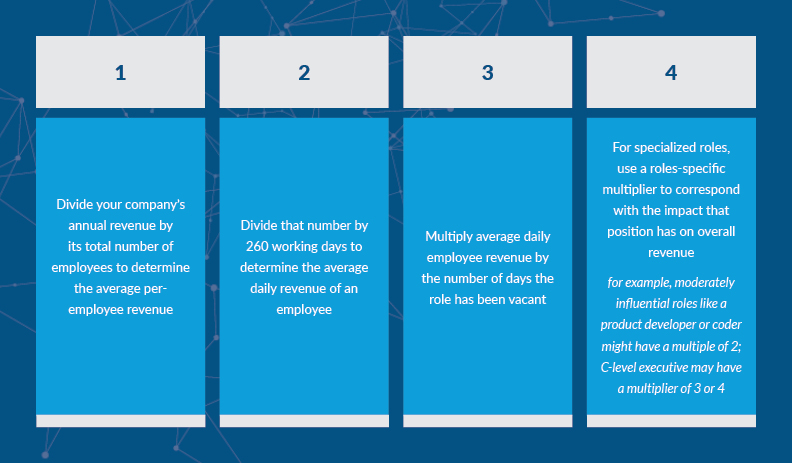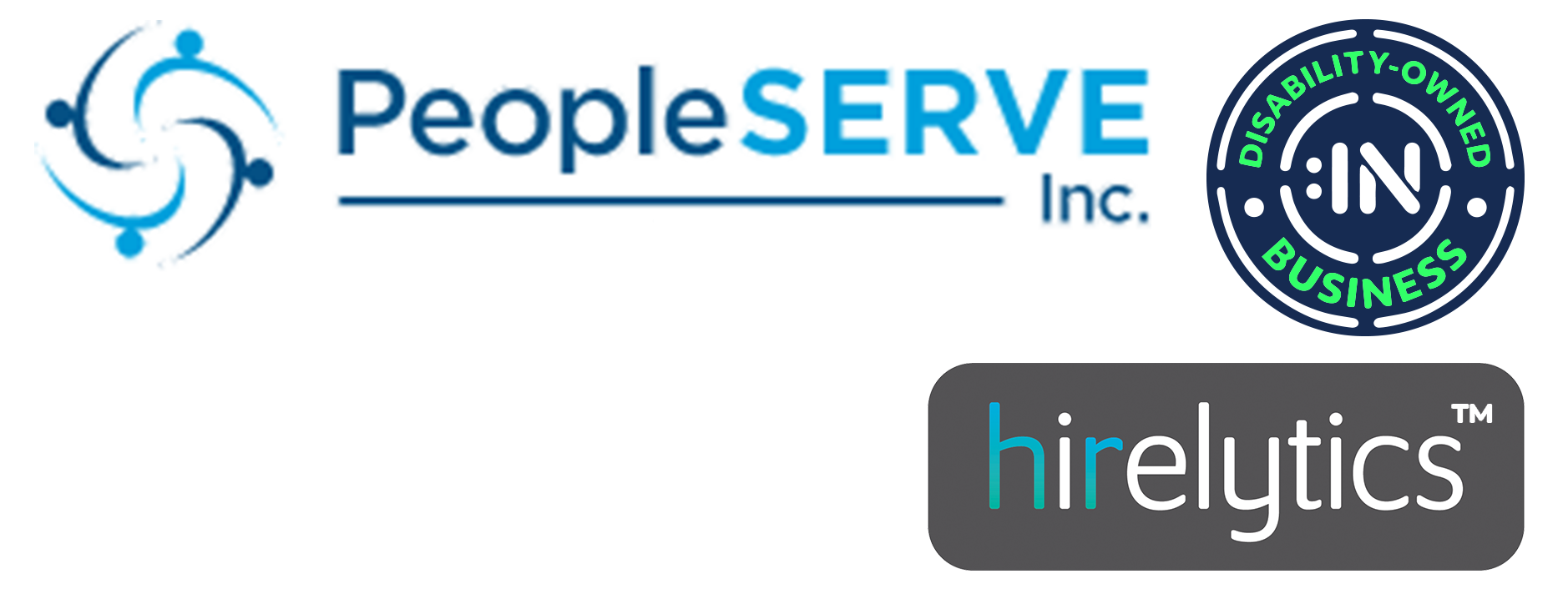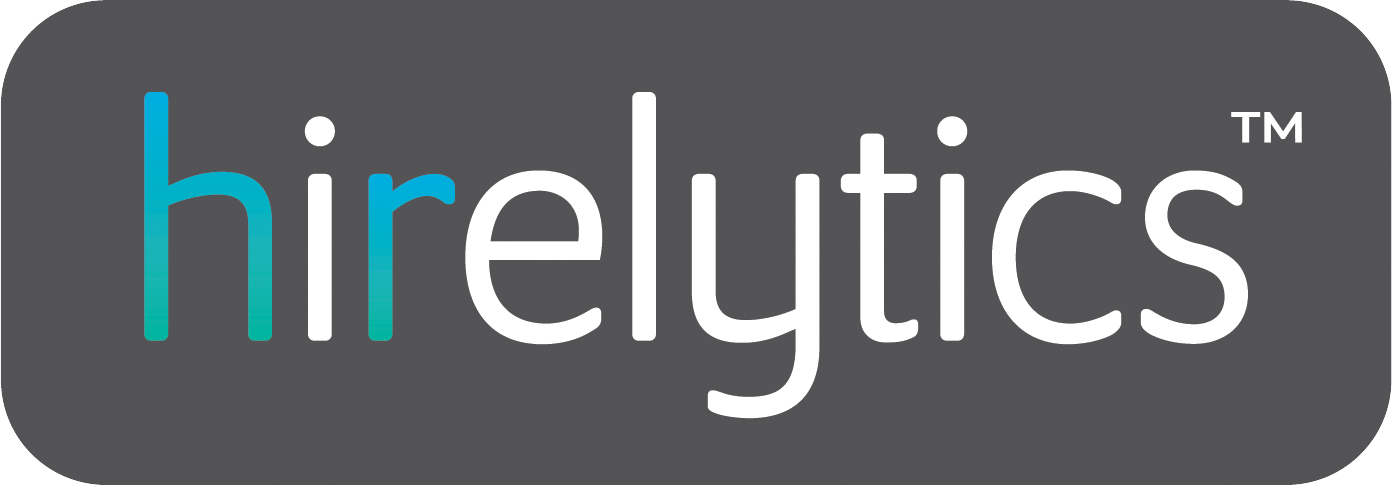An empty seat in your office is more than a reminder that you are missing an employee. That unoccupied desk is a constant symbol of squandered potential and financial strain.
The cost of vacancy can manifest itself not only monetarily but also in everything from productivity to plummeting departmental morale. One of the benefits of working with an agency that specializes in quick recruitment is that you can tackle job openings with remarkable speed, stocking your company with top-tier talent — even in a competitive industry and market like Boston IT.
What’s the organization cost of an ongoing job vacancy?
The Boston tech scene is bustling thanks to local companies with a strong foothold in computer systems design, scientific research and other STEM fields.
Some 55% of the workforce in Boston has at least a Bachelor’s degree, and nearly one-quarter have a Master’s degree or higher. That makes for an exceptionally talented applicant pool, but it also means that there are plenty of companies eager to hire the most attractive candidates.

Organizations that are unable to address job vacancies quickly stand to take a considerable financial and functional hit. Cost of vacancy (COV) measures the negative impact an unfilled position has on a company.
While it’s difficult to quantify some negative effects such as a drop in team morale or the cost of lagging productivity, some experts recommend a simple calculation to help generate a ballpark figure representing COV:
- Divide your company’s annual revenue by its total number of employees to determine the average per-employee revenue
- Divide that number by 260 working days to determine the average daily revenue of an employee
- Multiply average daily employee revenue by the number of days the role has been vacant
- For specialized roles, use a roles-specific multiplier to correspond with the impact that position has on overall revenue (for example, moderately influential roles like a product developer or coder might have a multiple of 2; C-level executive may have a multiplier of 3 or 4)

The longer a seat stays empty, the bigger the cost of vacancy will be, and in some situations, the impact is exponential.
How do long-term vacancies impact existing employees?
When an open position remains vacant, the workload normally taken on by that employee gets shuffled elsewhere.
Other team members are forced to add to their already hefty to-do lists. That may mean stretching an 8-hour day to 10 hours or it could mean having to nearly double their professional commitment in order to learn a new system or pick up the slack that could otherwise derail the team and hamper progress on key company projects.
With all that added responsibility (which isn’t always accompanied by a corresponding increase in salary and/or benefits) comes an increase in stress and a decrease in morale.
That low morale has its own negative financial impact, too.
- Employees that feel actively disengaged from their roles and/or employers are more prone to absenteeism, illness, conflicts with their co-workers, disorganization and low productivity.
- One Gallup study found 22 million actively disengaged employees racking up a staggering $350 billion in lost revenue.
How working with a recruitment firm can work to deliver solutions to your people, timeline & budget concerns.
There are many reasons job vacancies take time to fill.
- Some companies struggle to find a candidate that’s the right fit.
- Others may not realize that the proffered salary and benefits package is less than competitive.
- But the biggest hurdle is likely lack of time and resources to conduct an efficient, effective talent search.
The right recruitment agency can source talent faster because they already have a database of suitable candidates to draw from and understand the expectations of the modern workplace.
To make the most of contract IT staffing, find talent online today.


